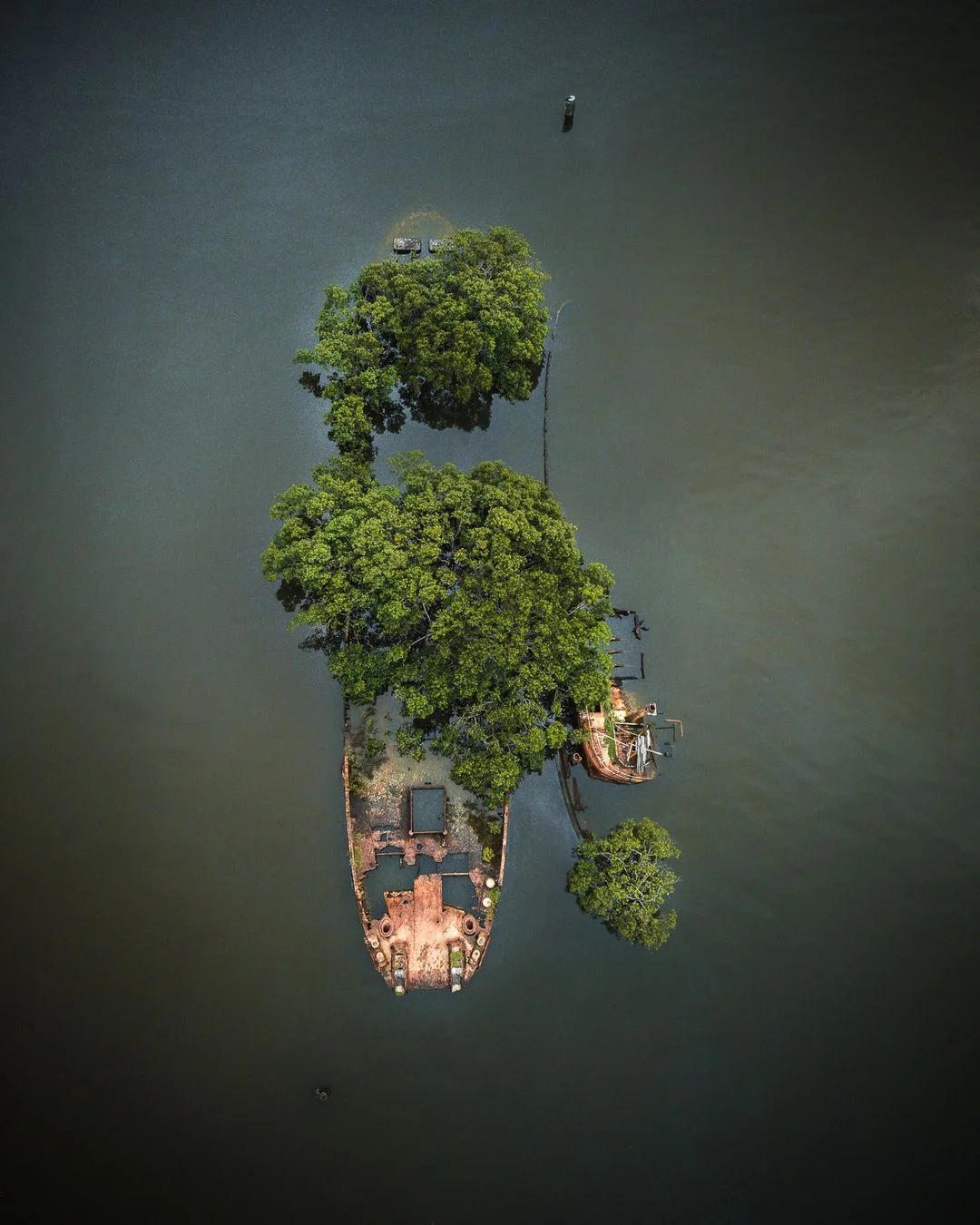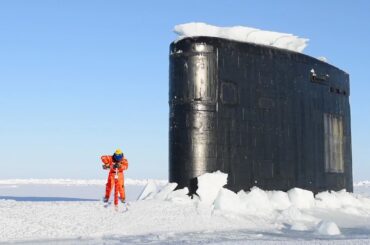Homebush Bay is a suburb of Sydney, Australia, on the south bank of the Parramatta River. In the twentieth century, the Bay and its environs grew into a vast industrial sector, resulting in massive land reclamation. When industrial activities decreased, the Bay became a dumping place for rubbish, broken-up ships, and poisonous industrial waste.
Union Carbide developed chemicals in Homebush Bay during the industrial golden age, notably Agent Orange, which became well-known during Vietnam. The Bay became extensively contaminated with dioxin and other toxins during that period, which was unsurprising. So much so that a fishing ban had to be implemented in most of Sydney Harbor at the time.

Homebush Bay is currently a prominent business and residential area in Sydney, thanks to initiatives to restore the area that began in the 1980s and the economic boom brought on by the 2000 Olympic Games in Sydney. Parks have been constructed, and projects have assisted in restoring mangrove wetlands and saltmarshes surrounding the bay before the industrial era.
Only a few rusty ship hulls remain as a relic of the bay’s history. The wreckage of the SS Ayrfield, which has taken on a new role as one of Homebush Bay’s major attractions as the ‘Floating Forest,’ is one of these abandoned vessels.

The Ayrfield has a long history dating back to 1911. The 1140-ton steel ship, named Corrimal, was built by the Greenock and Grangemouth Dockyard Co. and used to ferry commodities between Newcastle and Sydney until World War II. It was reallocated to transport supplies to allied forces in the Pacific region.

The ship was sold to R. W. Miller in 1951, who turned it into a collier and renamed it Ayrfield. It delivered coal between Newcastle and Miller’s terminal at Blackwattle Bay for the next 21 years. The ship was transported to Homebush Bay after it was decommissioned in 1972. The aim was to disassemble the Ayrfield right there in the bay, which also served as a ship-breaking yard. However, the labor had come to a standstill, and the ship’s skeleton was abandoned to rust in the bay.
Since then, it has sat abandoned among other historic shipwrecks. But it’s the way nature has around the Ayrfield with tenacious mangrove trees that sets it apart. The exploding trees over its hull present a stark contrast to the bay’s now tranquil atmosphere.
The rusty wreck has now become a part of the Homebush seascape, having been overtaken by the elements. It’s a popular tourist attraction, but it’s also a favourite among photographers, with a Shipwreck Lookout built.
Above all, the 111-year-old Ayrfield stands as a small piece of history, hopefully continuing to astonish visitors for many years to come.
Source: mymodernmet, Wikipedia






